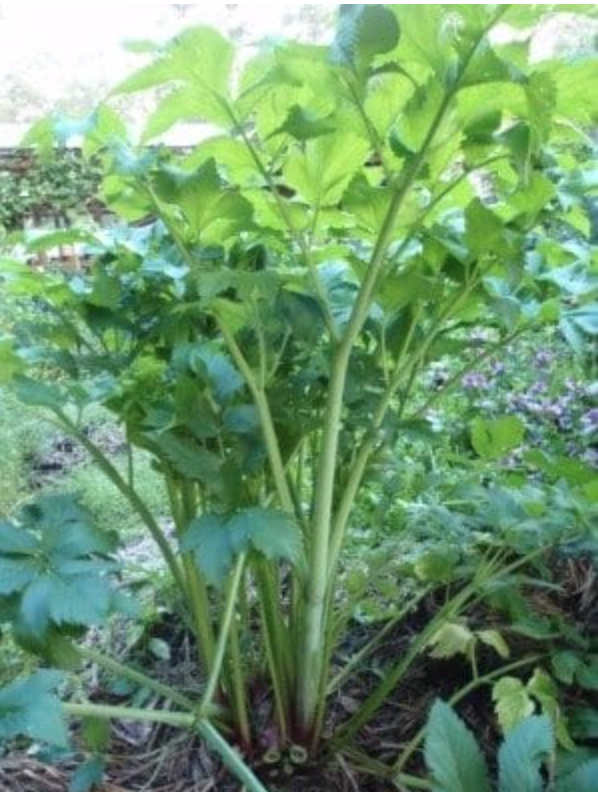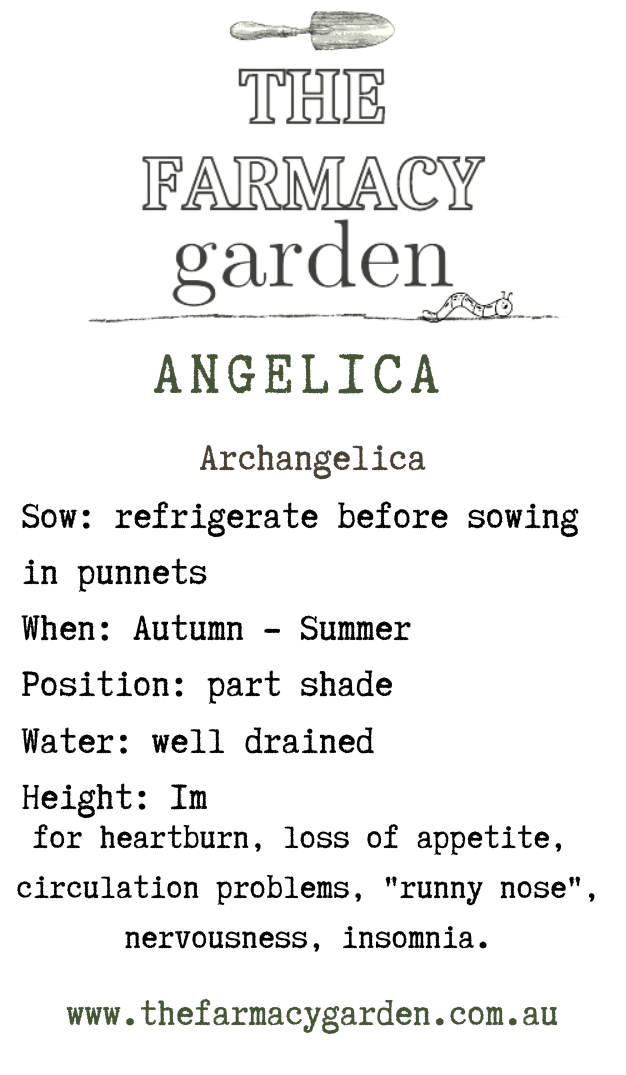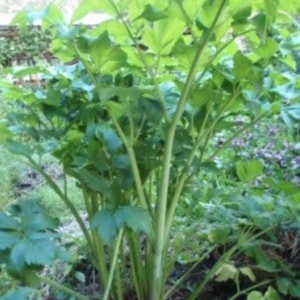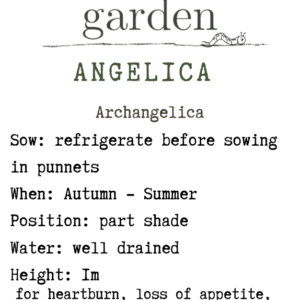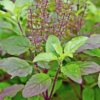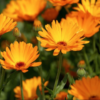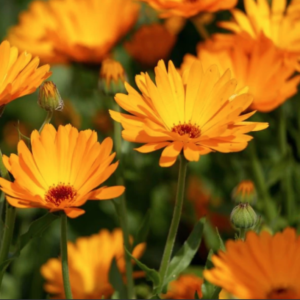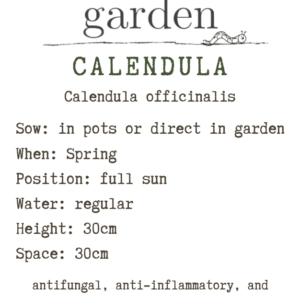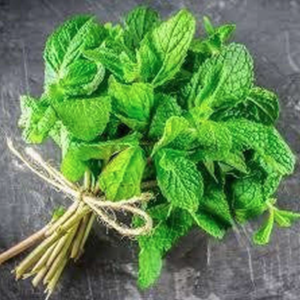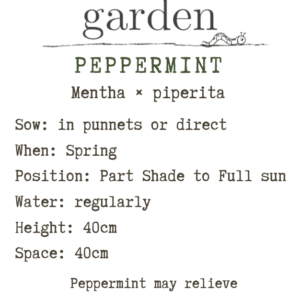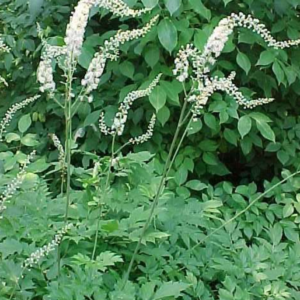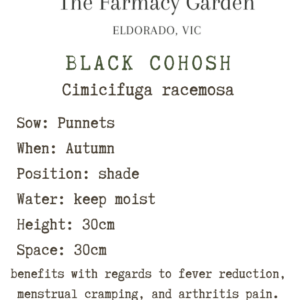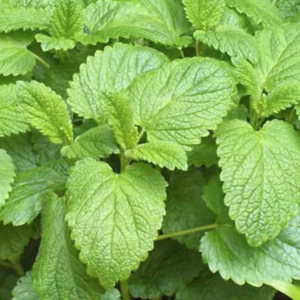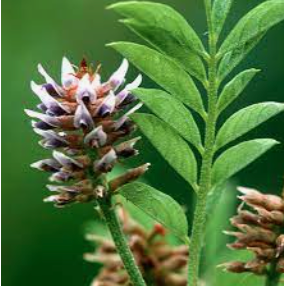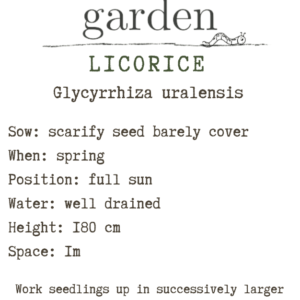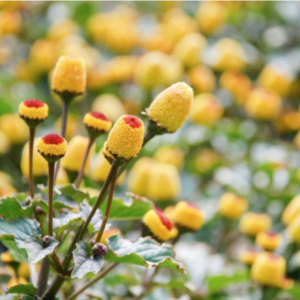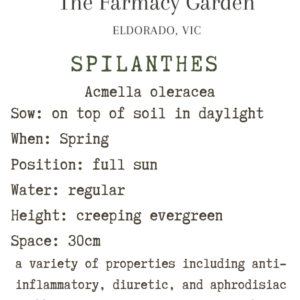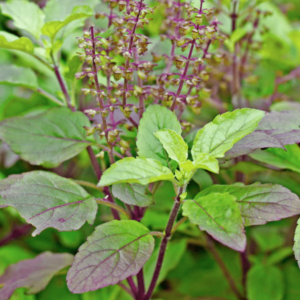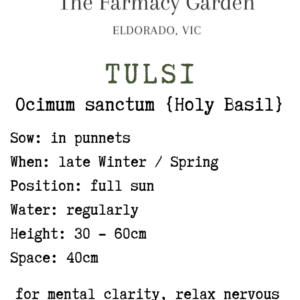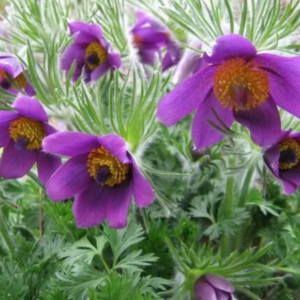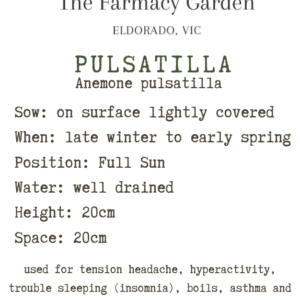Angelica Seeds, Archangelica
$4.50
Angelica grows up to two metres high when in flower. The deeply divided leaves are borne on thick round, hollow stems. The flowers, are small and numerous, yellowish or greenish in colour, are grouped into large, umbels, followed by pale yellow, oblong fruits.
Angelica grows up to two metres high when in flower. The deeply divided leaves are borne on thick round, hollow stems. The flowers, are small and numerous, yellowish or greenish in colour, are grouped into large, umbels, followed by pale yellow, oblong fruits.
GROW: Sow angelica seeds 6mm deep, but no deeper as they require some light to reach them in order to germinate. You can sow in Autumn as they need 6 weeks cold to germinate. Angelica likes a rich moist soil, make sure the area is well drained as the roots will root if they are sitting in water. In colder climates angelica grows best in full sun, in sub-tropical areas grow in semi-shade.
In the sub tropics it acts like an annual completing its life cycle within a year.
A biennial in colder climates it dies back in winter and comes into flower in its second year. It dies after seeding and seed should be collected for replanting.
HARVEST: From seed to root, all parts of this plant are edible. During the first year of growth, harvest the young leaves. These can be picked at any time, but they are at their best in late spring or early summer.
USE: The candied stems were once a popular sweet and used to decorate cakes. Chopped leaves may be added to fruit salads, fish dishes and cottage cheese in small amounts.
Add leaves to sour fruit such as rhubarb to neutralise acidity.
Boil the stems with jams to improve the flavour. Remove the stems before canning or freezing. Young stems can be used as a substitute for celery.
Angelica gives its distinctive flavour to Benedictine.
An infusion of the leaves can be taken for indigestion. Angelica root is used in digestive tonics to relieve colic, cramps and flatulence. It is also used to ease spasms in bronchitis and asthma.
Growing Conditions
Angelica likes a rich moist soil, make sure the area is well drained as the roots will root if they are sitting in water. In colder climates angelica grows best in full sun, in sub-tropical areas grow in semi-shade.
In the sub tropics it acts like an annual completing its life cycle within a year.
A biennial in colder climates it dies back in winter and comes into flower in its second year. It dies after seeding and seed should be collected for replanting.
Tip: If you start seeds for two consecutive years and allow them to reseed naturally at the end of their growth cycle, once they become established, you will always have all parts of the plant available to harvest each year
Related products
Flower Seeds
Medicinal Herb Seeds
Medicinal Herb Seeds
Medicinal Herb Seeds

